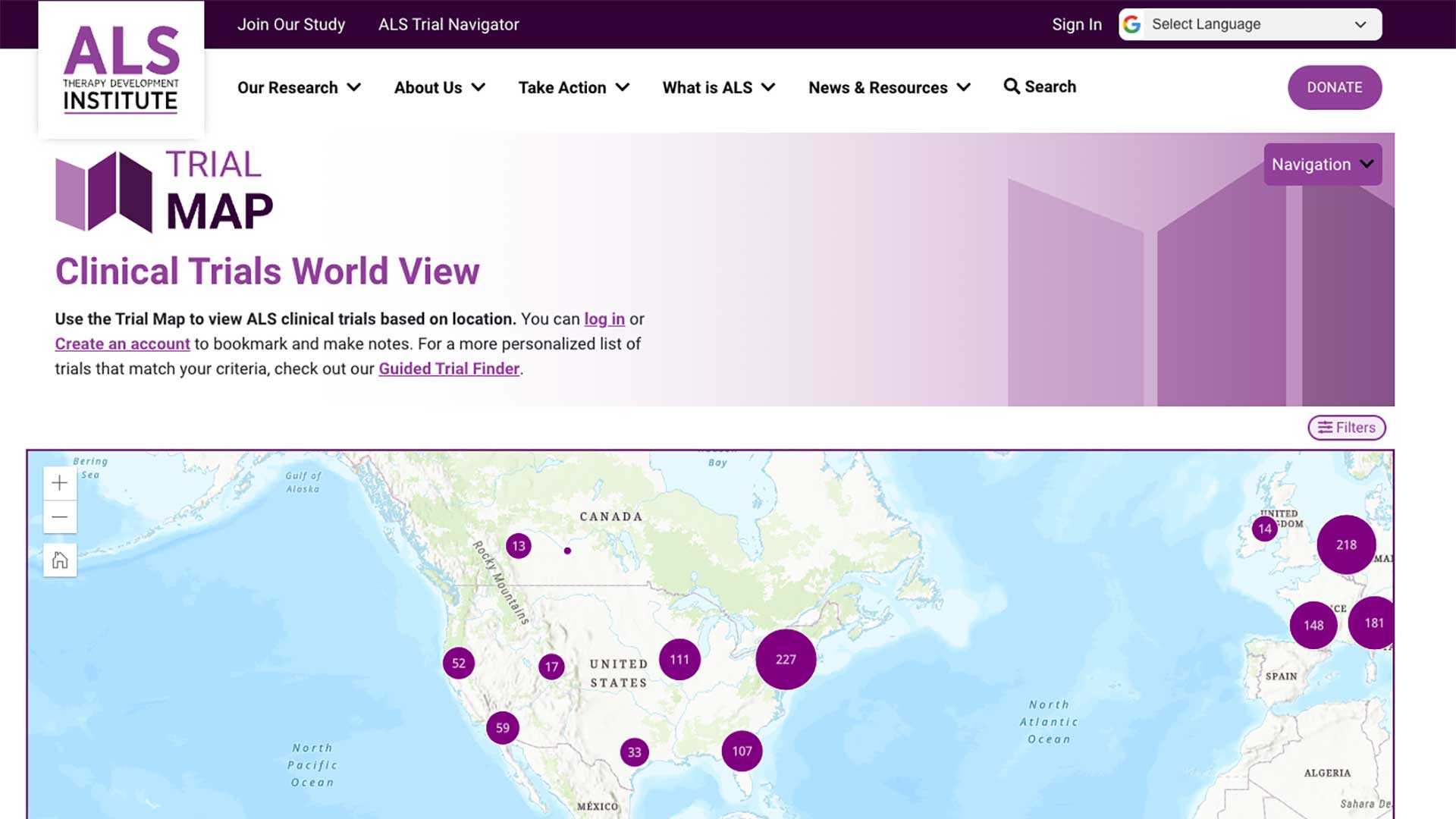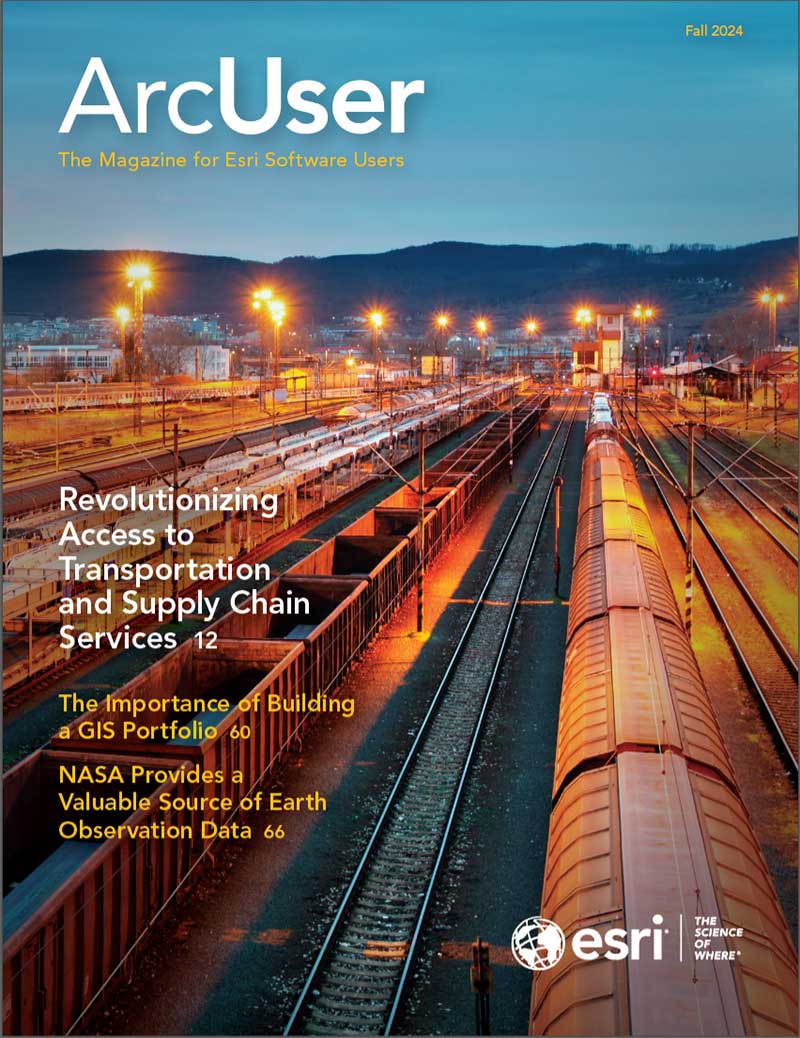GIS is a critical aspect of the digital revolution that is transforming the world. It is the technology that applies the geographic approach. By organizing, integrating, and analyzing data, it yields the answers needed to deal with a world profoundly affected by rapidly evolving technologies that are changing how people think, interact, and respond.
Through its visualization and spatial analysis tools, GIS shows the world at scales from the local to the global in new ways. It illuminates relationships in data from disparate and often seemingly unrelated sources to reveal patterns, causes, and effects. Adding the element of “where” also amplifies the value of other technologies, from CAD to CRM systems.
Articles in this issue illustrate how GIS improves government decisions, business operations, and health care delivery in ways that benefit individuals as well as organizations.
The State of Minnesota relies on its portfolio of GIS maps and dashboards to support its data-driven policies on energy, employment, and education. The state’s chief geospatial information officer, Alison Slaats, noted, “If you have solid geospatial data and GIS tools, you can really empower people to see the answer, with the goal of improving people’s lives.”
Watco is a business that other businesses rely on for transportation and supply chain services. By moving from spreadsheets to spatially enabled processes, the company helps its customers locate the railcar services and storage facilities they require using a customized web application. Watco’s internal operations optimize processes for currency and security using ArcGIS Enterprise.
Where appropriate clinical trials are being conducted is vitally important to persons living with amyotrophic lateral sclerosis (ALS). A GIS-based app provides current information on the type, time frame, and location of ALS research trials. A site created with ArcGIS Hub and run by volunteers makes data, stories, and information on the disease easily accessible.
In a little more than six decades, GIS has grown from a niche software for departmental projects to a system that spans organizations. As GIS has become more powerful and readily available, its tools can support better outcomes for society.


